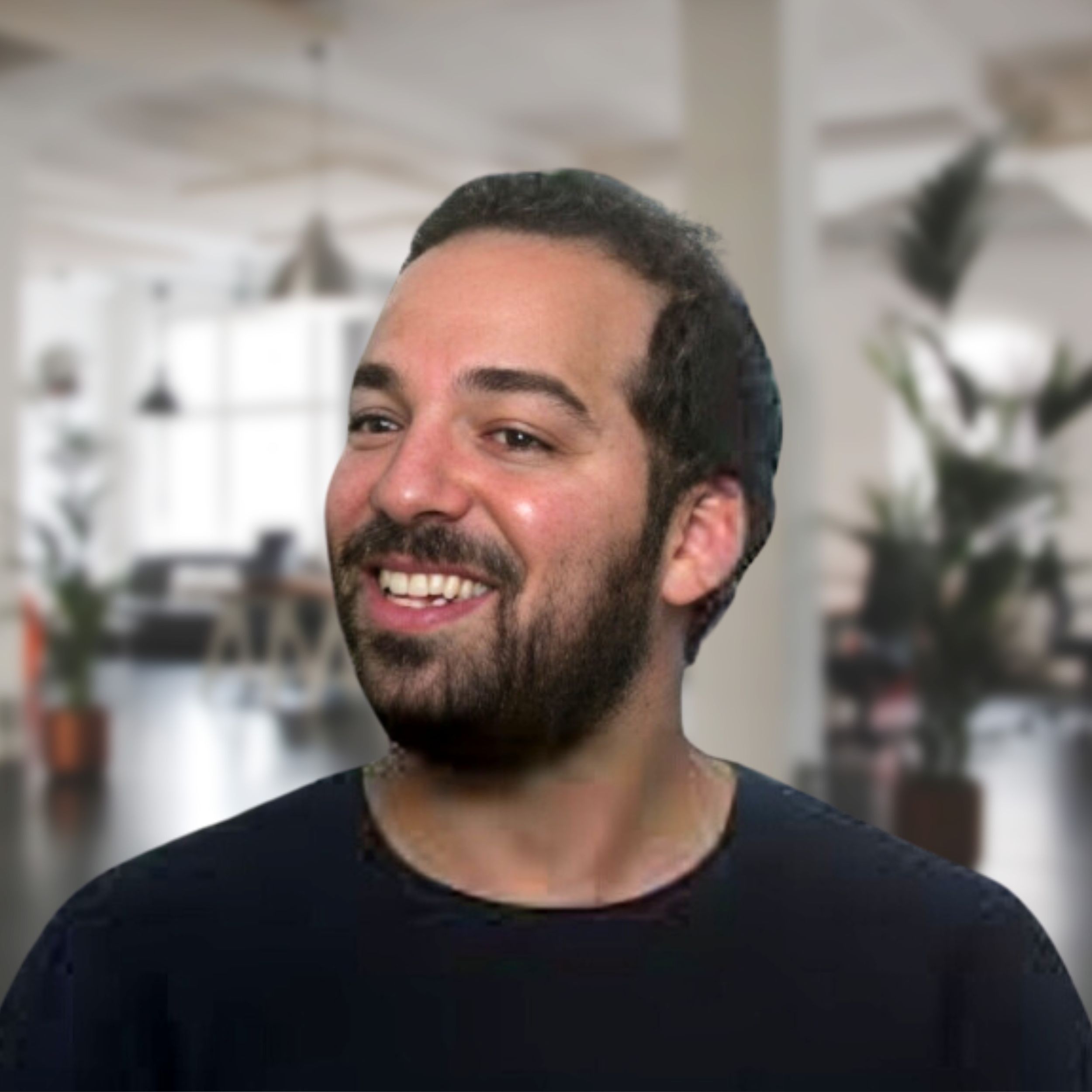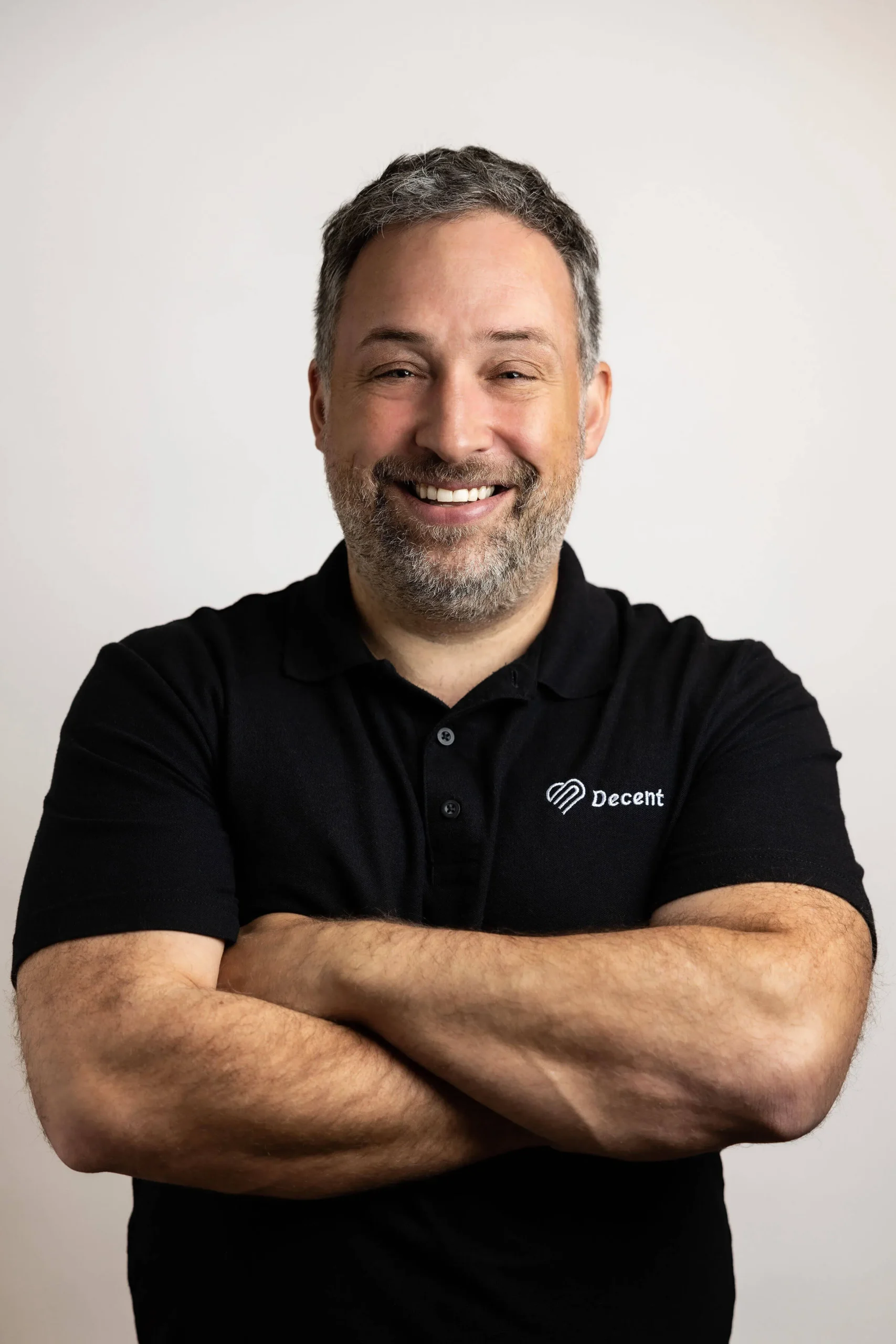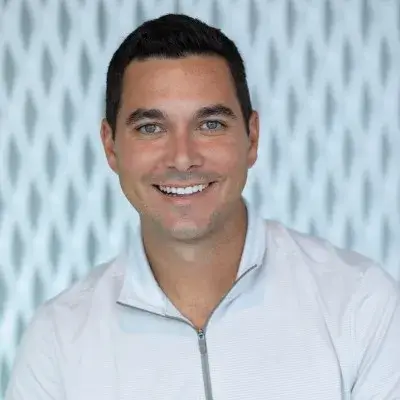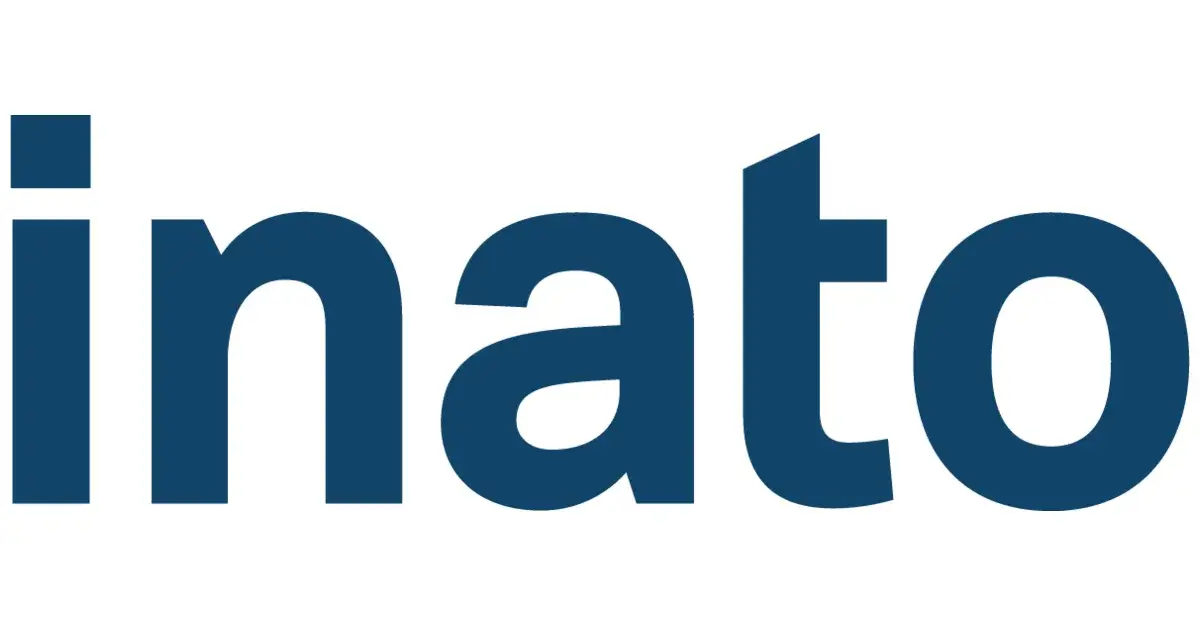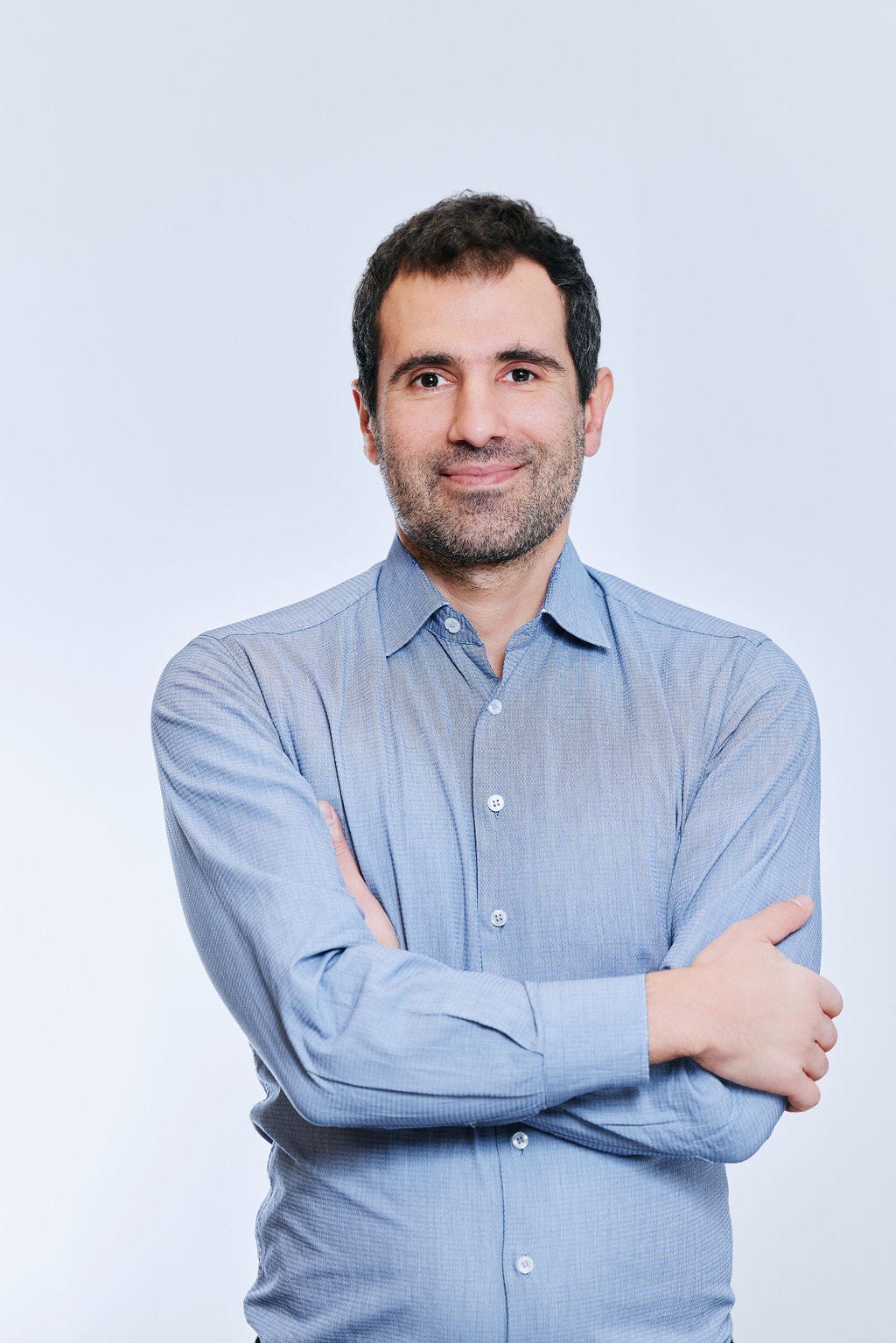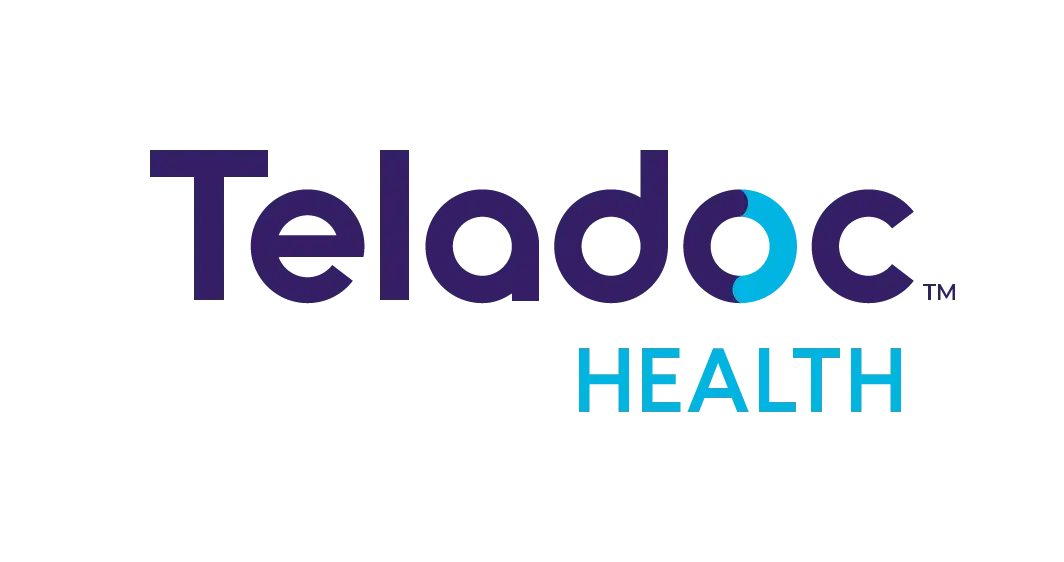Ready to launch your own podcast? Book a strategy call.
Frontlines.io | Where B2B Founders Talk GTM.
Strategic Communications Advisory For Visionary Founders
Conversation
Highlights
From Retail AI to Surgical Innovation: VitVio’s Journey to Transform Healthcare Operations
Sometimes the most transformative business ideas emerge from personal tragedy. For Thomas Knox, it was a phone call that no one wants to receive – news of his father’s sudden passing from heart failure. “You wake up in the morning the next day and you look at yourself in the mirror and say, ‘I’m not doing what I should be doing,'” Thomas recalls of that pivotal moment.
In a recent episode of Category Visionaries, Thomas shared how this personal loss sparked a journey from scaling autonomous retail technology to revolutionizing surgical operations through AI. As the founder and CEO of VitVio, he’s now bringing computer vision technology into operating rooms to tackle one of healthcare’s most pressing challenges.
From Autonomous Stores to Operating Rooms
Before VitVio, Thomas had already proven his ability to scale revolutionary technology. At IFI, he helped build autonomous store technology that surpassed Amazon Go in deployment scale, white-labeling their solution to major retailers like Aldi, Tesco, and Walmart. But his father’s passing triggered a deeper reflection about impact.
“I felt like I was maybe just chasing what I thought was really cool at the time,” Thomas explains. “I knew that I needed to make an adjustment there.”
The Discovery Phase
Rather than rushing to build a solution, Thomas and his co-founders spent six months conducting extensive research. “I assume you know nothing,” he says about their approach. “I always say this, though. I say you should have strong opinions held lightly.”
This disciplined research revealed a crucial insight: operating rooms are the economic engine of hospitals, accounting for “about 40% of a hospital’s expenses and 60 to 70% of the revenue.” Yet these critical spaces were plagued by inefficiency, with staff spending approximately 40% of their time on administrative tasks.
Building the Solution
VitVio’s solution leverages Thomas’s expertise in computer vision from the retail sector. “Essentially what we’re doing is we go into surgical operating theaters, deploy five to 10 cameras into the ceiling, and then start tracking all the people, equipment, fixtures, fittings, processes,” Thomas explains. The system creates a digital twin of the operating room, using AI agents to automate administrative work and orchestrate teams across hospitals.
A Counterintuitive Go-to-Market Strategy
VitVio’s approach to market entry defied conventional wisdom in several ways. First, they chose to start with the UK’s National Health Service (NHS), widely considered one of the most challenging healthcare systems to penetrate. “We’re masochists, right?” Thomas jokes. “Going into healthcare is one of the hardest industries to innovate on because hospitals just move quite slowly. But we wanted to double down on that difficulty and go into the NHS.”
They also insisted on paid pilots from the start. “Hospitals like free stuff,” Thomas notes. “They’re willing to move if you’re willing to do it for free, but the thing is that if they’re willing to do it for free, it does not mean that they’ll convert later.” This commitment to paid pilots helped ensure genuine customer interest and likelihood of expansion.
Perhaps most notably, they bypassed traditional gatekeepers. “If you go and try to reach out to like a hospital executive, they’re going to tell you from the outset, no, I don’t want to talk,” Thomas explains. Instead, they targeted top surgeons: “No hospital on the planet will reject a meeting with their top surgeon.”
Strategic Customer Targeting
VitVio developed a sophisticated approach to customer qualification. They specifically target hospitals with recent cash infusion or strong profitability, while actively avoiding those undergoing major technical implementations. As Thomas puts it, “Avoid like the plague any hospitals that are going through technical implementation… nothing else will move during that period of time.”
This strategic focus has paid off. Less than a year into their journey, VitVio has secured partnerships with prestigious institutions like the Royal Orthopedic Hospital and is in discussions with nine of the top fifteen US hospitals.
The Vision Ahead
VitVio’s ambition extends beyond just automating administrative tasks. “Our goal is to become the operating system of the operating room,” Thomas explains. Their vision involves deploying AI agents to act as virtual staff members – not to reduce headcount, but to enable medical professionals to focus on what matters most: patient care.
VitVio’s journey demonstrates how combining deep domain expertise with thoughtful go-to-market strategy can create breakthrough opportunities, even in the most challenging markets. By focusing on genuine pain points, strategic customer selection, and innovative technology application, they’re proving that meaningful innovation in healthcare is possible – and profitable.
Actionable
Takeaways
Target decision-makers through their influencers:
Knox found success by approaching top surgeons rather than hospital executives directly. Surgeons were more receptive to initial conversations and could effectively champion the solution internally. Healthcare startups should identify and engage key opinion leaders who can open doors and drive adoption.
Time market entry strategically:
VitVio's launch coincided with hospitals facing unprecedented pressure to innovate due to post-COVID challenges, staff shortages, and margin pressure. Knox emphasizes that timing can dramatically impact sales velocity - the same solution might struggle to gain traction in a different market context.
Validate commitment through paid pilots:
While hospitals readily accept free pilots, Knox insisted on paid engagements to ensure genuine commitment and likelihood of expansion. B2B founders should consider using paid pilots as a qualification tool, even if it means slower initial traction.
Segment prospects based on readiness signals:
Knox advises targeting hospitals with recent cash infusion or strong profitability, while avoiding those undergoing major technical implementations like EHR changes. B2B founders should develop clear criteria for identifying prospects most likely to move quickly.
Build reference customers strategically:
VitVio prioritized winning top-tier US hospitals, knowing their validation would accelerate sales cycles with smaller institutions from 12+ months to 3-6 months. B2B founders should identify which customer logos will most effectively drive market confidence and focus resources accordingly.











